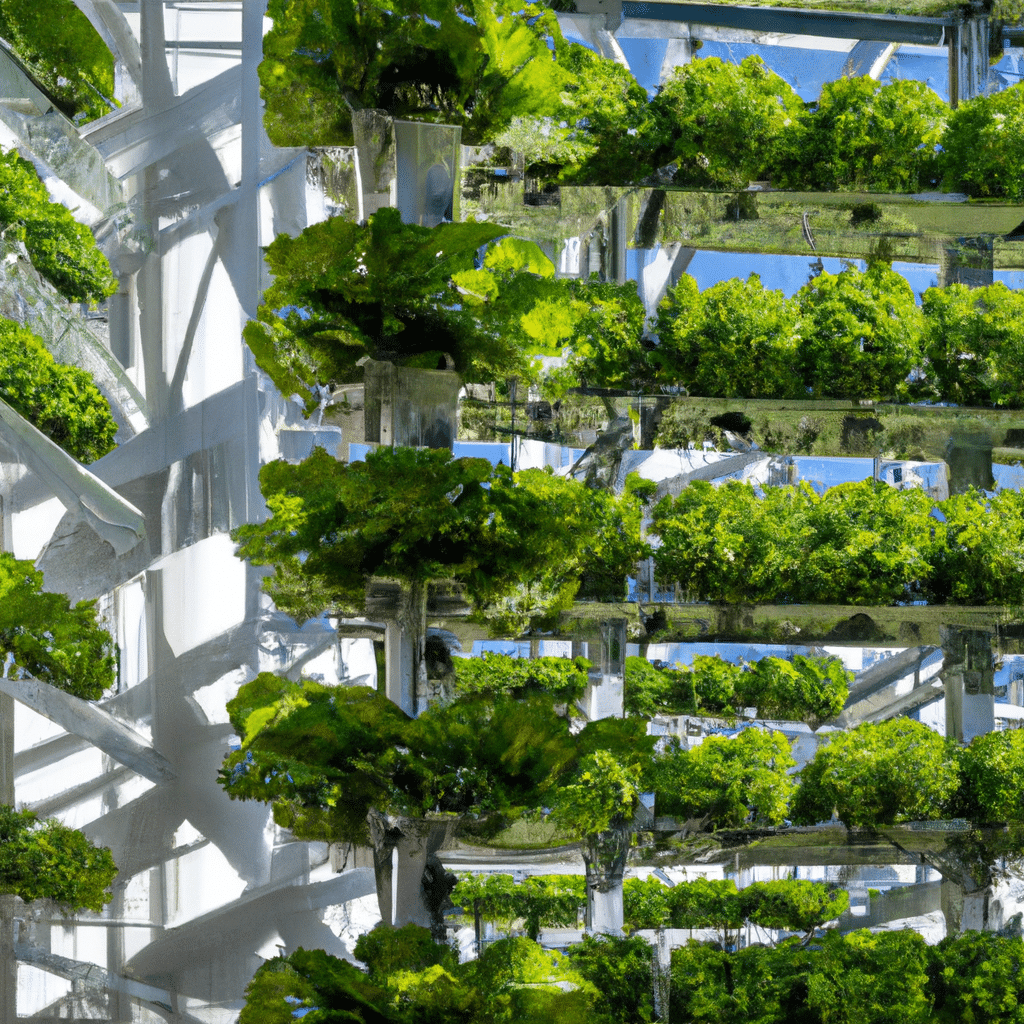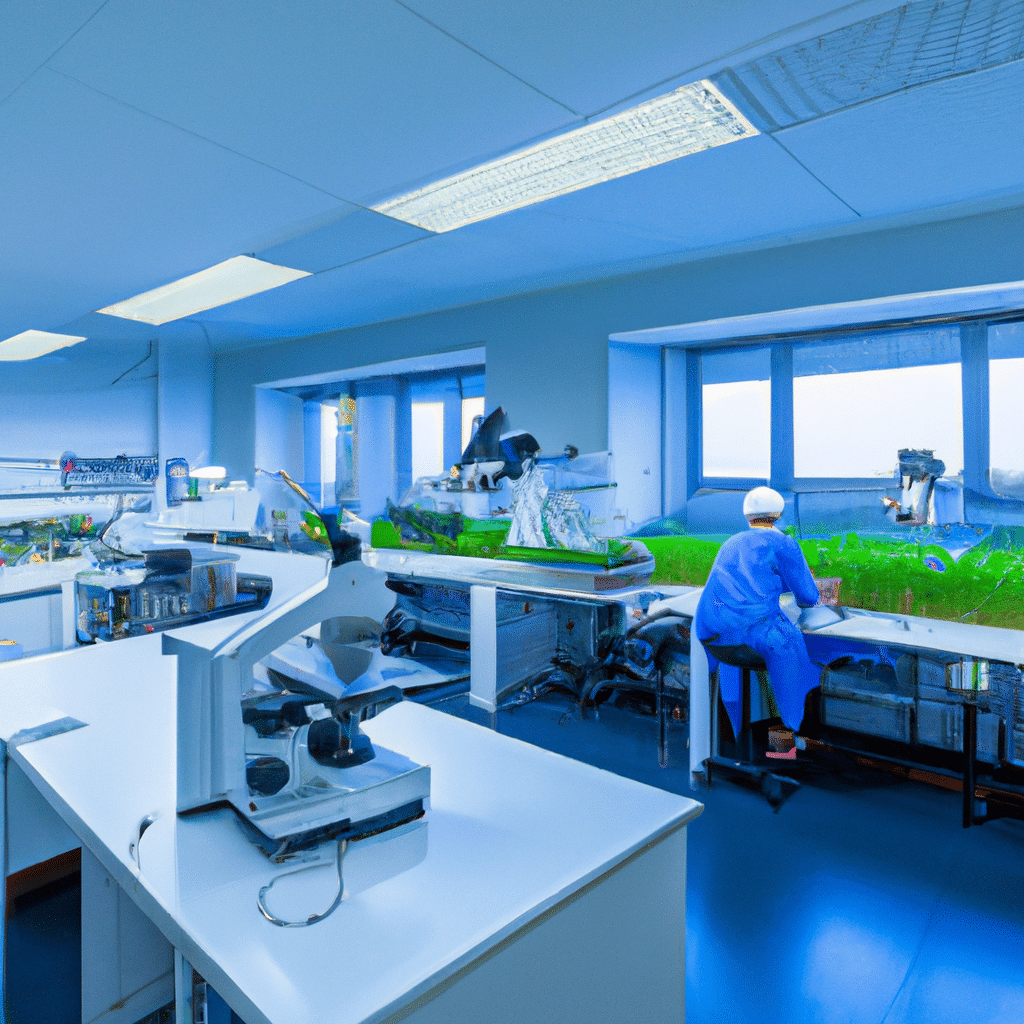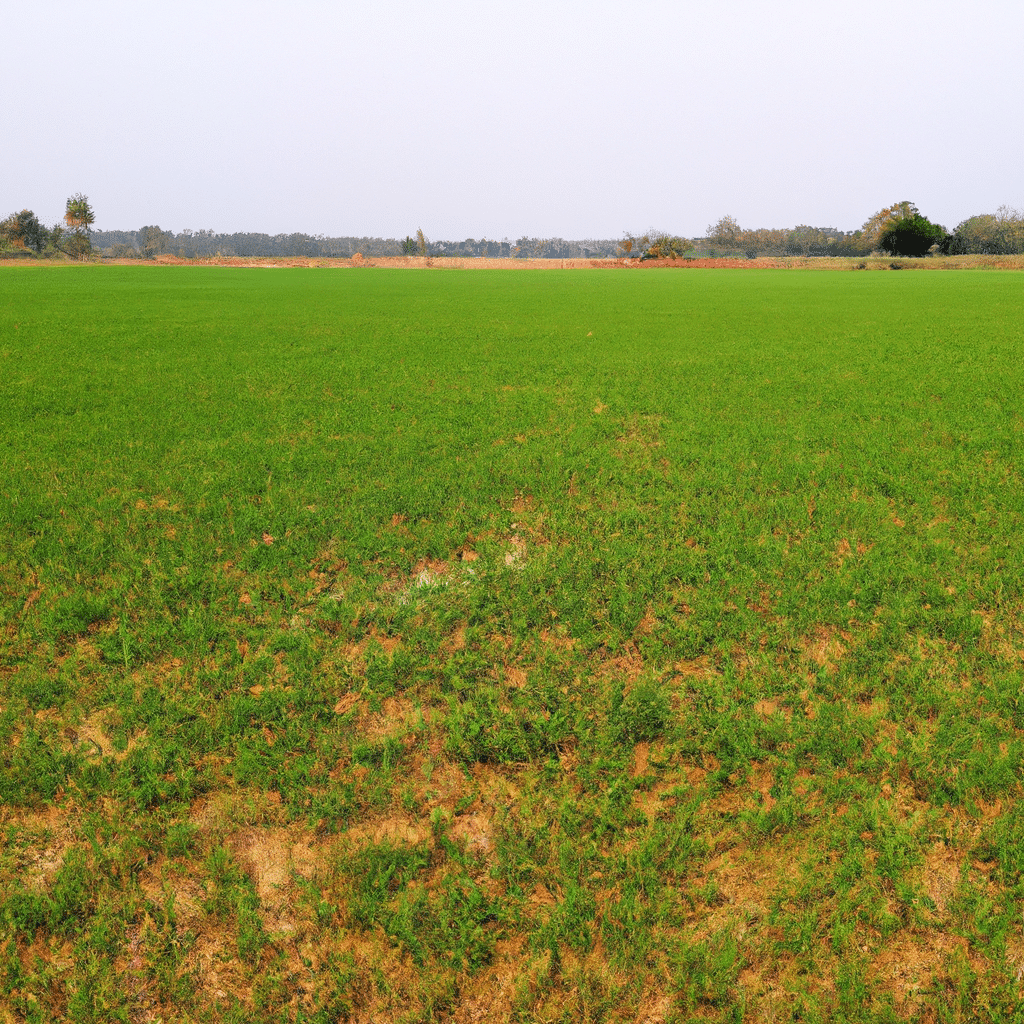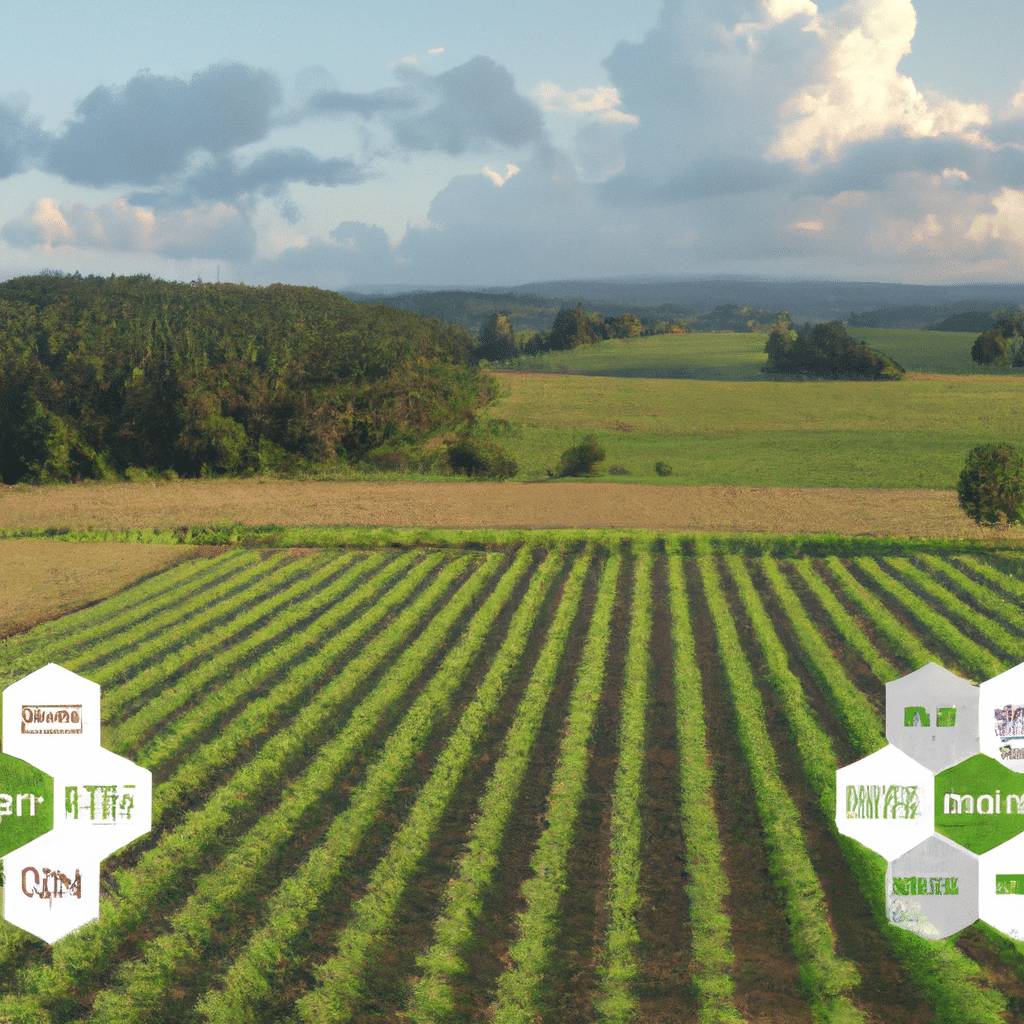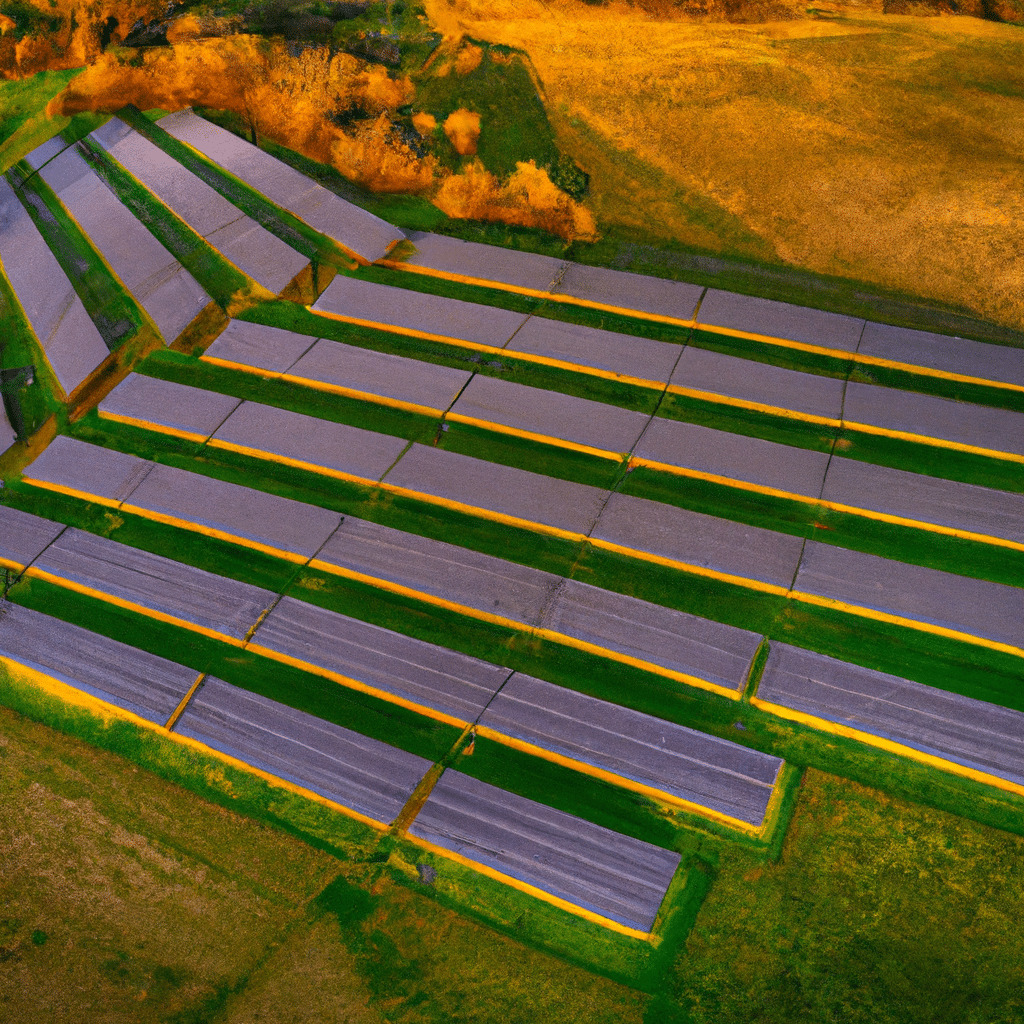In today’s world, where sustainable practices are becoming increasingly important, the agricultural industry is also seeking innovative ways to reduce its carbon footprint and reliance on traditional energy sources. Harnessing solar energy has emerged as a promising solution for powering farms while simultaneously reducing greenhouse gas emissions. In this article, we will explore the various agricultural applications of solar energy and the benefits it brings to both farmers and the environment.
Solar Energy in Farming: A Sustainable Solution
The Basics of Solar Energy
Solar energy is derived from the sun’s rays and can be harnessed through various technologies such as solar panels or photovoltaic (PV) cells. These devices convert sunlight into electricity, which can then be used to power farm operations. By utilizing solar energy, farmers can reduce their dependence on fossil fuels and contribute to the global shift towards sustainable energy sources.
On-Farm Solar Power Generation
One of the primary ways solar energy is utilized in farming is through on-farm solar power generation. Farmers can install solar panels on rooftops, open fields, or even on elevated structures such as solar trackers. These panels capture the sunlight and convert it into electricity, which can be used to power various farm activities, including irrigation systems, machinery, and livestock operations.
Off-Grid Solar Systems for Remote Areas
In many remote farming areas, access to the traditional power grid is limited or non-existent. In such cases, off-grid solar systems provide a viable solution. These systems consist of solar panels, batteries, and inverters that store excess energy during the day and supply power during the night or when sunlight is insufficient. Off-grid solar systems enable farmers in remote areas to meet their energy needs without relying on diesel generators or other expensive and polluting alternatives.
Benefits of Solar Energy in Agriculture
Environmental Benefits
Harnessing solar energy in agriculture offers numerous environmental benefits. By reducing reliance on fossil fuels, solar power helps mitigate greenhouse gas emissions, thus combating climate change. Additionally, solar energy production does not produce air or water pollution, contributing to cleaner and healthier surroundings for both farmers and local communities.
Cost Savings
Adopting solar energy can lead to significant cost savings for farmers. While the initial investment in solar panels and equipment may seem substantial, the long-term benefits outweigh the upfront costs. Solar energy systems have minimal operational and maintenance expenses, resulting in lower electricity bills and reduced reliance on external energy providers. Over time, farmers can recoup their investment and enjoy substantial savings.
Energy Independence
By generating their own electricity, farmers gain energy independence and reduce their vulnerability to fluctuations in energy prices. This self-sufficiency provides stability and financial security, allowing farmers to allocate their resources more efficiently and invest in other aspects of their operations.
Diversification of Income Streams
In addition to cost savings, solar energy also presents an opportunity for farmers to diversify their income streams. Excess energy generated by solar panels can be sold back to the grid through net metering or feed-in tariff programs. This not only offsets the initial investment but also creates an additional revenue stream for farmers.
Implementing Solar Energy on Farms: Considerations and Challenges
Site Assessment and Planning
Before installing solar panels, a thorough site assessment is crucial. Factors such as available sunlight, shading, roof orientation, and structural integrity must be considered to maximize solar energy production. Engaging with solar energy experts and conducting feasibility studies will ensure optimal placement and efficient utilization of available resources.
Financing and Incentives
Financing the installation of solar panels can be a significant hurdle for farmers. However, various financing options and incentives are available to make the transition more affordable. Government grants, tax incentives, and low-interest loans specifically designed for renewable energy projects can help offset the initial costs and accelerate the adoption of solar energy in agriculture.
Maintenance and Monitoring
Regular maintenance and monitoring of solar systems are essential to ensure optimal performance and longevity. Farmers should be proactive in cleaning panels, checking connections, and monitoring energy production. It is also beneficial to invest in monitoring systems that provide real-time data on energy generation, allowing for timely troubleshooting and maximizing overall system efficiency.
Agricultural Adaptations
Integrating solar energy systems into existing farming operations may require certain adaptations. For example, the layout of solar panels should consider the needs of crop rotations, irrigation systems, or livestock operations. Collaboration between solar energy experts and farmers is crucial to designing an integrated and efficient system that does not compromise agricultural productivity.
Conclusion
Innovative farming techniques that harness solar energy offer immense potential for reducing the carbon footprint of the agricultural industry. By embracing solar power, farmers can not only reduce their reliance on fossil fuels but also enjoy environmental benefits, cost savings, energy independence, and new income streams. Implementing solar energy systems on farms requires careful planning, financing considerations, regular maintenance, and adaptations to existing agricultural practices. As the world moves towards a sustainable future, solar-powered farming presents an opportunity for farmers to lead the way in reducing carbon emissions and embracing renewable energy solutions.



